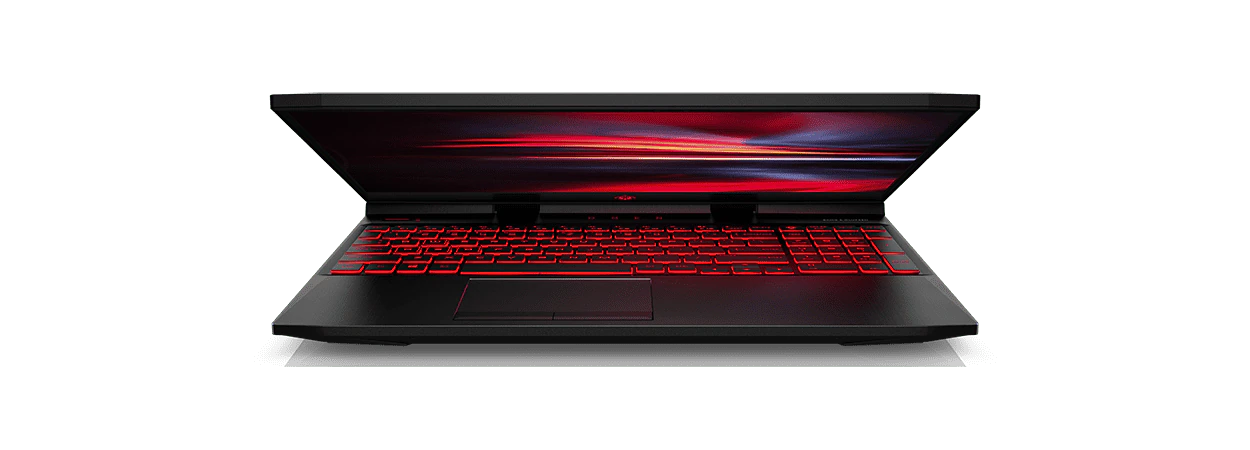Thank you for visiting the HONG KONG HP Store
-
Contact Us
CONTACT USChat with us
- Our specialist are here to help
- Live chat
- Sales
- 85264507529(WhatsApp)
-

- Post Sales
- 85230016720(WhatsApp)
Mon-Fri 8.30am - 5.30pm
(exc. Public Holidays)
Live product demo
Store finder Locate our storesSubmit feedback We value your opinion! - Location
- My Account
What is the Difference Between a Micro PC and SFF PC?


Today’s computer market is inundated with a vast variety of names and categories that leave PC consumers scratching their heads in confusion. Finding the perfect computer for your needs means first deciding between desktops and laptops. Then you’ll need to narrow your search down to workstation, convertible, tower, thin client, or whatever best suits your digital demands and portability expectations.
Small form factor (SFF) computers and micro PCs, sometimes referred to as microtowers, have become the latest consumer buzzwords setting the market ablaze. However, as with any modern computer release, the terminology has been yet another catalyst for confusion.
The differences between microtower PCs and SFFs come down to size and positional configuration. Microtowers are typically slightly larger in size and designed to stand upright like a standard desktop tower, whereas small form factor PCs are more compact machines that lay flat or attach to the back of a monitor.
But what is a small form factor computer? What are the benefits of upgrading to a micro PC, and what does HP® bring to the realm of microcomputing?
What is a Small Form Factor?
Small form factor is an umbrella term for technologies designed to be smaller versions of similar devices within a respective field. Small form factors can take shape as a smaller-than-average smartphone, a small-scale fiber-optic system, or in this case, a miniature version of a tower desktop computer. Though small form factors are much tinier devices than standard-sized ones, they don’t sacrifice any of the performance quality or functionality.
Since the earliest days of computer manufacturing, the face of the modern computer has continually reinvented itself. We’ve come a long way from immovable computers, weighed down by heavy machinery that couldn’t parallel the computational power of a modern 5-pound PC.
What is a micro PC?
A micro PC is a subcategory of the Small Form Factor genre. It is a complete computer on a significantly smaller scale than the better-known tower PC. Without giving up any of the powerful performance or dynamic functionality, the microtower is a device based on a single-chip microprocessor just like the vast majority of personal laptops and desktop computers.
Although small form factor microcomputers seem like a recent addition to the modern market, their history dates back to the mid-1970s. Intel® first announced a new era of integrated electronics when they released the MCS-4 and the MCS-8 just months apart from each other. Adored for their revolutionary minimized size and considerable affordability, consumers were wildly impressed with the processing power of these mini-machines.
Since then, the architecture has only gotten smaller. The earliest versions of modern microtowers took shape as slim personal computers. They were desktop machines that shed the excess bulk by reducing the space for full-sized expansion cards. This alone trimmed the width and height of the conventional desktop in half. Today, slim PCs are even thinner, faster, and more capable than ever before.
What are the pros and cons of a micro PC or an SFF PC?
Whether you’re looking to upgrade your rig to a small form factor PC or simply want to expand your technical knowledge base, understanding the advantages and disadvantages of a small form factor computer is essential. Let’s dive into the many pros and cons of upgrading to a microtower PC.
PROS
• Lightweight: The age of heavy desktop towers is far behind us. No need for an extra set of hands to relocate your system.
• Low power consumption: Because microtower components are significantly smaller than tower form factor components, the amount of energy required to operate a micro PC is much smaller.
• Small, space-saving dimensions: One of the most challenging parts of having a traditional desktop setup is carving out space for it to accommodate the tower, the monitor, and all of your wired or wireless extras. SFF PCs take up minimal space on your desk. Some serve as perfect attachments to the back of a PC monitor, while others are perfectly sized for desktop surface docking.
• Highly portable: The lightweight nature of SFF PCs allow you to set up your workstation wherever you please, or take your digital world on the go.
• Aesthetic: Say goodbye to clunky, chunky, boxy desktop towers. Micro PCs are sleek, slender, and fit the aesthetic appeal of even the most minimalist designer.
CONS
• Higher heat generation: A smaller form factor body leaves less room for an ultra-efficient cooling system. Because a micro PC works just as hard as their full-form desktop tower cousins, the heat generation for the compact body is far more distinct.
• Limited expansion capability: Smaller size means reduced room for expandability. Traditional desktop towers come with expansion slots that add upgradability which SFFs typically cannot accommodate.
Who are microtower PCs great for?
Microcomputers are great for anyone looking for a powerful computing solution without the bulky size of a traditional desktop computer. They’re great for offices, home workspaces, libraries, schools, and other settings where desktop PCs reign supreme.
Does HP make SFF and microtower PCs?
HP’s collection of small form factor and microtower PCs continues to grow with each passing year. We’ve selected our top four SFFs and microtower PCs available today. Each is engineered to meet HP’s standard of perfection with an integrated Intel or AMD processor and impressive graphics cards that deliver a seamless visual experience with every power on.
The specs speak for themselves, check out these impressive SFF powerhouse machines.
1. HP ELITEDESK 705 G4 MICROTOWER PC
Processor (CPU): AMD Pro A10-9700 APU (3.5 GHz base frequency, up to 3.8 GHz burst frequency, 2MB cache, 4 cores)
Graphics card: AMD Radeon R7 Graphics
Memory (RAM): 8GB DDR4-2666 SDRAM (1 x 8GB)
Storage: 256GB PCIe® NVMe™ SSD
Customizable: No
2. HP ELITEDESK 705 G4 MICROTOWER WORKSTATION
Processor (CPU): AMD Ryzen 7 Pro 2700X 8 Core (3.7 GHz base frequency, up to 4.3 GHz burst frequency, 768KB L1 cache, 4MB L2 cache, 16MB cache)
Graphics card: AMD Radeon Pro WX 3100 Graphics (4GB GDDR5 dedicated)
Memory (RAM): 16GB DDR4-2666 SDRAM (2 x 8GB)
Storage: 512GB PCIe NVMe SSD
Customizable: No
3. HP PRODESK 400 G5 SMALL FORM FACTOR PC
Processor (CPU): Intel Celeron G4900 Processor (3.1 GHz, 2MB Cache, 2 core, 2400 MHz, 54W)
Graphics card: Intel UHD Graphics 610
Memory (RAM): 4GB (1 x 4GB) DDR4-2666 DIMM
Storage: 500GB 7200 RPM SATA 3.5-inch HDD
Customizable: Yes
4. HP Z2 SMALL FORM FACTOR G4 WORKSTATION
Processor (CPU): Intel Core i5 8500 with Intel UHD Graphics 630 (3 GHz base frequency, up to 4.1 GHz with Intel Turbo Boost Technology, 9MB cache, 6 cores)
Graphics card: Intel HD Graphics 630 and Intel UHD Graphics 630
Memory (RAM): 8GB DDR4-2666 SDRAM (1 x 8GB)
Storage: 256GB HP Z Turbo Drive PCIe SSD
Customizable: No
Thinking small for big results
Your digital world is constantly evolving, changing, and taking new shapes. The era of compact computing shines with brilliant promise. And microcomputers from HP® stand on the precipice of a small, yet powerful new digital age.
- Our specialist are here to help
- Live chat
- Sales
- 85264507529(WhatsApp)
-

- Post Sales
- 85230016720(WhatsApp)
Mon-Fri 8.30am - 5.30pm
(exc. Public Holidays)
Live product demo









